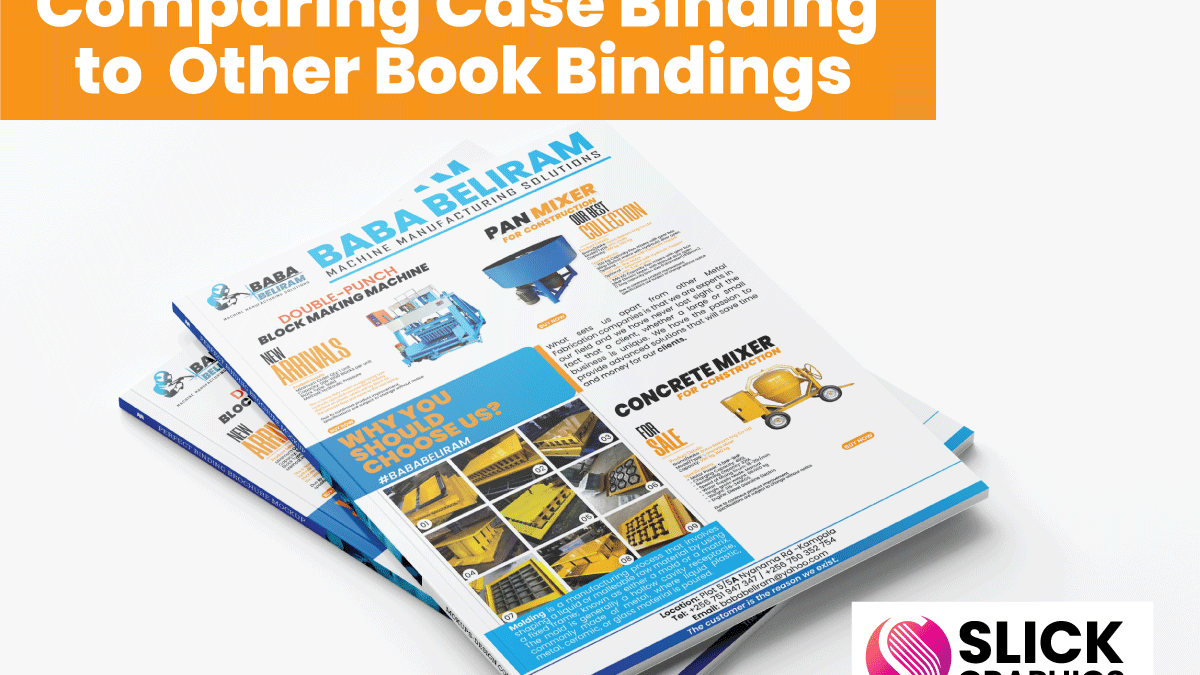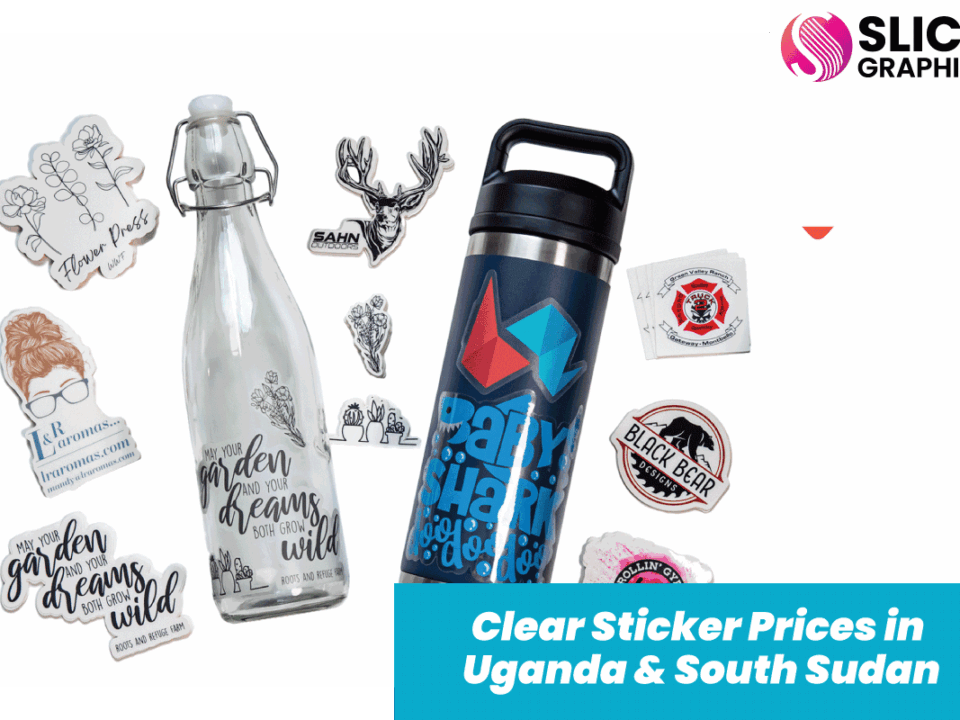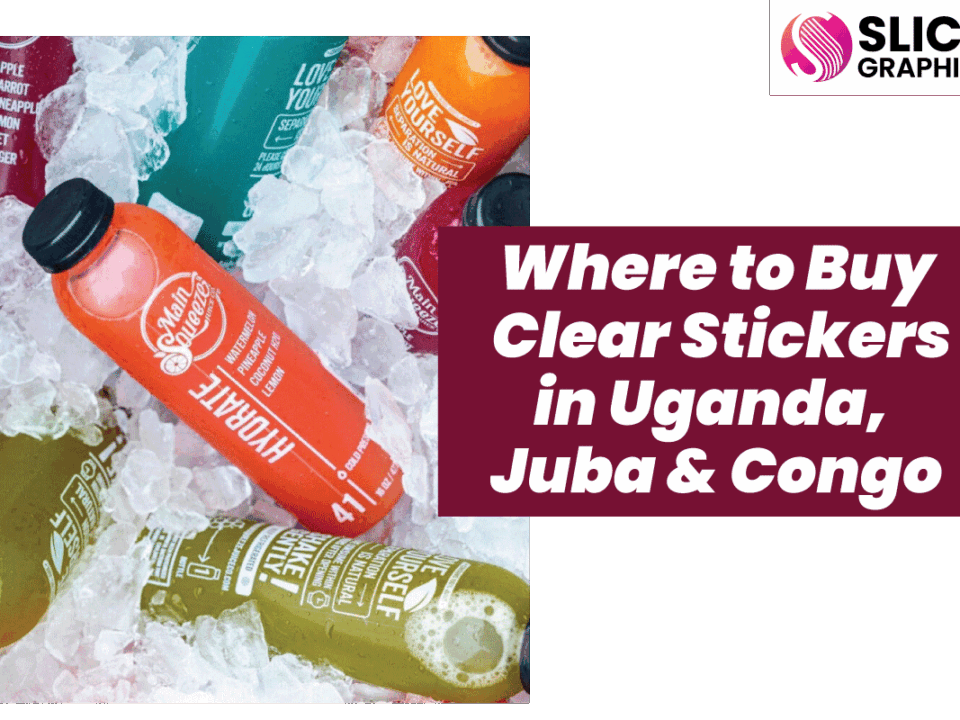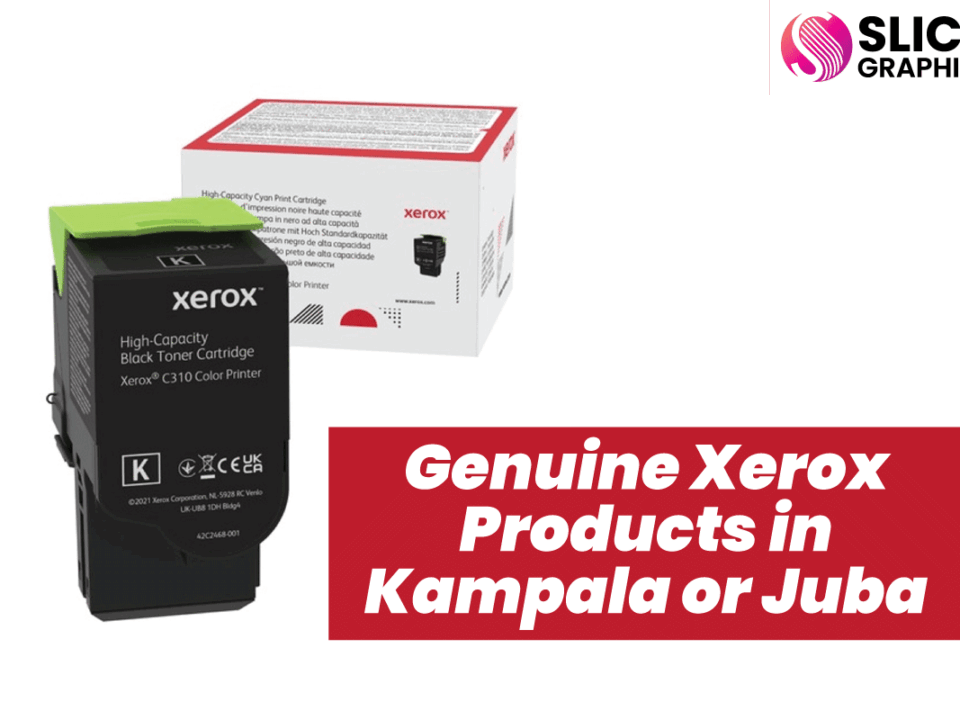Comparing Case Binding to Other Book Bindings
Comparing Case Binding to Other Book Bindings
Comparing Case Binding to Other Book Bindings, When choosing the right bookbinding method for your publication, it’s essential to understand the differences between case binding and other popular options. Each binding style has its unique advantages, depending on the purpose and longevity of the book. Here’s a brief comparison to help you make an informed decision.
Case Binding (Hardcover)
Durability: Case binding, also known as hardcover binding, is renowned for its sturdiness. It involves encasing the book’s pages in a rigid cover, offering excellent protection against wear and tear. This makes it ideal for high-use books like textbooks, novels, and collector’s editions.
Aesthetics: Case-bound books have a premium, polished look, often featuring printed spines and custom covers, which are perfect for retail and libraries.
Longevity: With strong stitching and a durable cover, case binding ensures books can withstand frequent handling and last for many years without damage.
Perfect Binding (Softcover)
Durability: Perfect binding is a more cost-effective option, where the pages are glued together at the spine. While this method provides a professional look, it is less durable than case binding, especially with frequent use. Over time, the glue can weaken, causing pages to fall out.
Aesthetics: Perfect binding offers a clean, modern appearance with a flexible cover. It’s commonly used for magazines, catalogs, and paperback novels, where longevity isn’t as critical.
Longevity: Perfect-bound books are suitable for shorter-term use. They work well for publications that don’t need to endure over many years.
Spiral Binding
Durability: Spiral binding uses a metal or plastic coil to hold the pages together. While it’s more flexible and allows the book to lay flat, it’s not as durable as case binding for long-term use. The coils can become damaged, and pages may tear over time.
Aesthetics: Spiral binding is often used for notebooks, manuals, and planners. While it offers practicality, it doesn’t have the polished, professional appearance that case binding does.
Longevity: Ideal for temporary or medium-term use, spiral-bound books can handle moderate wear, but they don’t offer the lasting durability of hardcover books.
Saddle Stitching
Durability: Saddle stitching involves stapling the book along the spine. This method is quick and cost-effective but is only suitable for thin publications (usually under 80 pages). It doesn’t provide the same durability as case binding, especially for thicker books.
Aesthetics: This method is often used for brochures, pamphlets, and booklets. It has a simple, straightforward look and works well for publications where longevity isn’t a primary concern.
Longevity: Saddle-stitched books are ideal for short-term use, as they can degrade easily with frequent handling or storage.
Conclusion
When comparing case binding to other bookbinding methods, it’s clear that case binding is the top choice for durability, longevity, and a professional finish. Perfect binding, spiral binding, and saddle stitching are all viable alternatives depending on the book’s purpose, but none offer the same level of protection or aesthetic appeal as hardcover case binding. For books intended for long-term use or high-value content, case binding remains the best investment.



